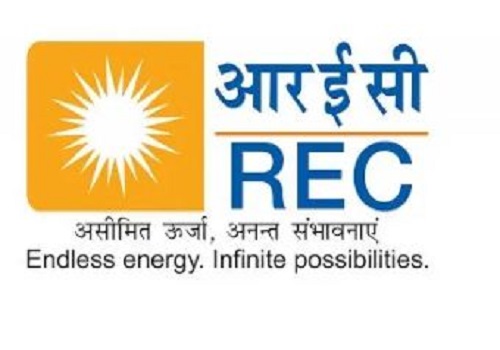India bank liquidity deficit hits record high

India's banking system liquidity deficit hit a record high, data showed on Wednesday, amid outflows towards tax payments and limited government spending, with traders anticipating that the central bank will infuse more cash to address the shortfall.
The deficit widened to 3.34 trillion rupees ($40.18 billion) as on Jan. 23, nearly tripling from the start of the month, data from the Reserve Bank of India (RBI) showed.
"The widening in deficit is a combination of rise in tax collections and a slowdown in government spending, which has been seen in the last few months," said A Prasanna, head of research at ICICI Securities Primary Dealership.
Indian lenders have urged the RBI to ease liquidity conditions as overnight cash rates have stayed above the policy rate.
On Wednesday, the call rate was at 6.85% and the TREPS rate was at 6.78%, both well above the repo rate of 6.50%.
So far, the central bank has conducted shorter-term repo auctions to infuse cash into the banking system but refrained from infusing longer term money.
"We think the RBI will keep liquidity in deficit mode in the near term, but keep reducing the size of deficit steadily going forward," said Parul Mittal Sinha, head of financial markets, India at Standard Chartered Bank.
"We believe that easing liquidity conditions towards neutral would be interpreted as a precursor to rate cuts," Sinha said.
Earlier this month, RBI Governor Shaktikanta Das said it would be too premature to talk of a monetary policy pivot when inflation is still elevated.
Traders expect another short-term repo auction to be announced soon as 3 trillion rupees of outstanding repos will mature on Thursday.
"RBI will need to persist with VRRs to ensure liquidity demands are met... We see scope for the overnight rates to move towards repo by end March or beginning April, as government expenditure tends to pick-up before fiscal year closes," said Gaura Sen Gupta, an economist with IDFC First Bank.
($1 = 83.1350 Indian rupees)
























